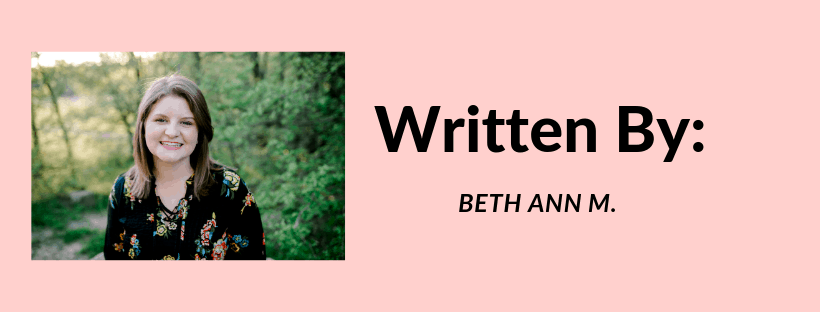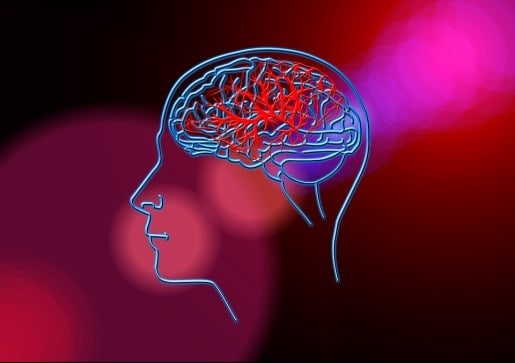What is a Stroke?
A stroke is a disease that affects the arteries leading to and inside the brain. The blood vessels that carry oxygen and nutrients to the brain is cut off by a blood clot or from the blood vessels rupturing. This is the number 5 leading cause of death and disability in the United States
Warning Signs?
Warning signs include the F.A.S.T method along with sudden trouble seeing, sudden confusion, sudden trouble walking, and a sudden severe headache. The F.A.S.T method stands for Face, Arms, Speech, and Time. Is the face drooping on one side when the person smiles? Does one arm shift downward when the arms are raised in the air? Is there slurred speech when saying something simple such as, “The sky is blue”. Lastly, time. If any of these symptoms occur, it is TIME TO CALL 9-1-1. Even if the symptoms come for 20 seconds and disappear, CALL 9-1-1.
Types of Strokes
The three types include Ischemic, Hemorrhagic, and Transient Ischemic Attack (TIA). When the blood clot obstructs the flow of blood to the brain an Ischemic Stroke has occurred. 87% of strokes are Ischemic Strokes. Hemorrhagic Strokes occur when the blood vessel ruptures and restricts blood flow to the brain. Because the leaking blood causes pressure, brain cells are damaged so badly they are unable to function properly. The last type, a Transient Ischemic Attack or TIA, is a “mini stroke” caused by a temporary blood clot. A TIA does not cause permanent damage but 1 in 3 people who have a TIA will get a stroke, with over half occurring within the year.
Preventing a Second Stroke
1 in 4 survivors will have another stroke. To help prevent this, monitor blood pressure, control cholesterol, keep blood sugar down, eat healthy, if needed lose weight, and DO NOT smoke. Some oral contraceptives can also affect the chance of a second stroke such as birth control. If you are unsure about some lifestyle choices, please consult with your doctor to see what steps you can take.
Knowing the signs of a stroke is VERY important. Not only could you potentially save someones life but you could save your own. For more information please go to American Stroke Association.

